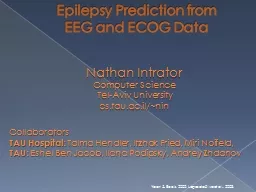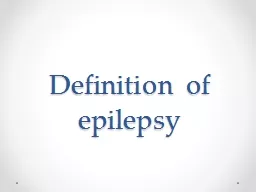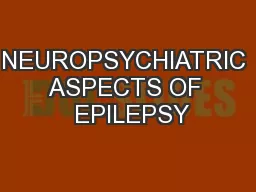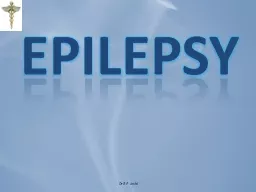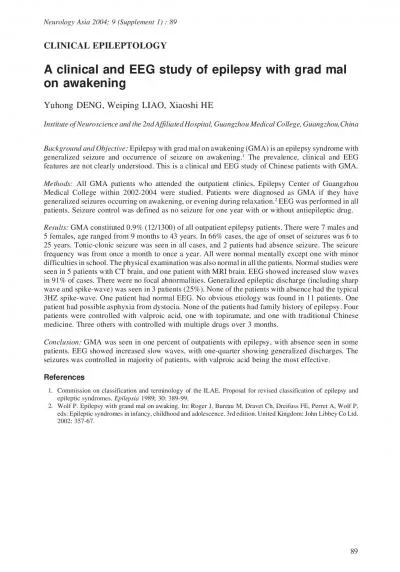PPT-Epilepsy Prediction from
Author : botgreat | Published Date : 2020-06-24
EEG and ECOG Data Nathan Intrator Computer Science TelAviv University cstauacilnin Yaari amp Beck 2002 Lopes da Silva et al 2003 Collaborators TAU Hospital Talma
Presentation Embed Code
Download Presentation
Download Presentation The PPT/PDF document "Epilepsy Prediction from" is the property of its rightful owner. Permission is granted to download and print the materials on this website for personal, non-commercial use only, and to display it on your personal computer provided you do not modify the materials and that you retain all copyright notices contained in the materials. By downloading content from our website, you accept the terms of this agreement.
Epilepsy Prediction from: Transcript
Download Rules Of Document
"Epilepsy Prediction from"The content belongs to its owner. You may download and print it for personal use, without modification, and keep all copyright notices. By downloading, you agree to these terms.
Related Documents

